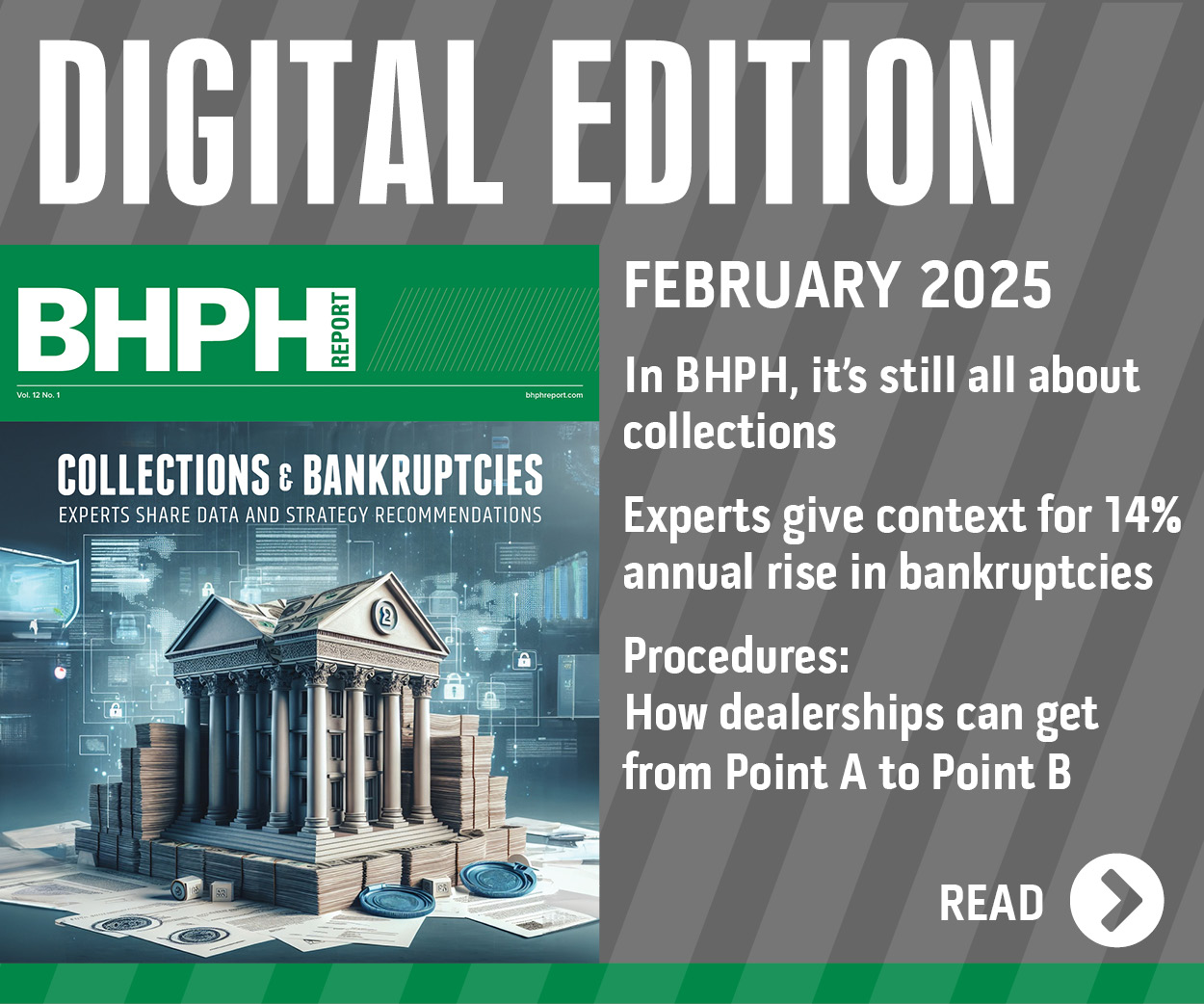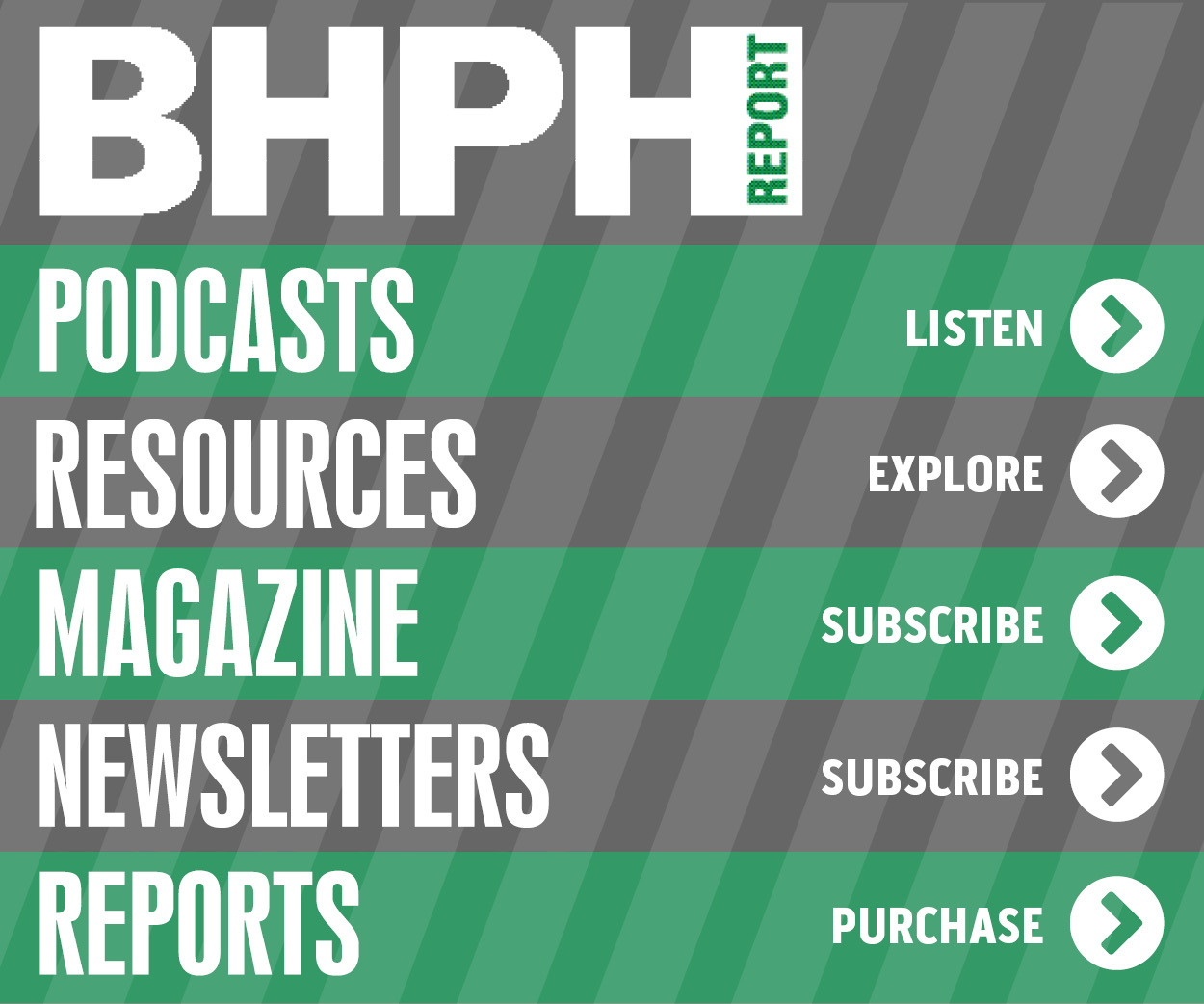3 clear trends surface in Equifax and NIADA Q3 Auto Business Outlook

This week, Equifax and the National Independent Automobile Dealers Association shared noteworthy results from their Q3 Auto Business Outlook, which stems from operators participating in a quarterly survey.
Equifax and NIADA highlighted that three general themes surfaced from the latest edition. Those elements included:
— Independent dealers remain optimistic heading into 2019.
— The buy-here, pay-here market shows growth.
— A continued shift is happening from new-vehicle sales and leases to used-car transactions.
Officials shared results from specific survey questions, including:
Overall, does your dealership expect economic conditions to improve, stay the same, or decline in the auto industry over the next quarter?
2018 Q3: 47 percent said they would improve
2017 Q3: 36 percent said they would improve
Does your dealership plan to expand its business over the next quarter? (add new equipment, enhance your building/property)
2018 Q3: 32 percent of dealers said yes
2017 Q3: 30 percent of dealers said yes
What percentage of the following categories makes up your total retail automobile sales?
2018 Q3: 37 percent in prime / 37 percent in BHPH / 26 percent in subprime
2017 Q3: 39 percent in prime / 33 percent in BHPH / 28 percent in subprime
Do you anticipate your dealership’s retail sales to grow, stay the same or decrease over the next quarter?
2018 Q3: 56 percent said they would grow, while 36 percent said the same and 8 percent suspect a decrease
2017 Q3: 55 percent said they would grow,while 34 percent said the same and 11 percent suspect a decrease
When it comes to factors contributing to more difficulty for dealers to secure loans for their customers, operators cited the following:
40 percent: tighter restrictions to qualify buyer loans (credit tiers)
25 percent: less access to number of lenders
25 percent: worsening terms affecting ability to effectively compete with franchised dealers
14 percent: more verification of buyers’ background (employment, income, residence address, etc.)
While 2016 was a record-setting year for new-car sales, Equifax pointed out that at the midway point of 2018, used-vehicle sales are continuing a shift that started last year and are on pace to match a strong 2017.
Analysts indicated the shift to used vehicles is also behind an increase in loans and a decline in the leasing market. Equifax noted that the nearly 2 million auto leases, totaling $32.4 billion, originated through the first half of 2018 reflects a 1.2-percent decrease in accounts and a 2.9-percent decrease in balances from the same period last year.
Equifax added that new-model leases accounted for only 13.8 percent of all auto accounts originated through June and 10.4 percent of balances.
Gunnar Blix, deputy chief economist for Equifax, explained that despite a pace of new sales that is slightly off the record-setting mark of 2016, car shoppers overall are financing more — a clear reflection of the continued increase in the price of cars and trucks and the starting impact of rising interest rates.
“We see the shift from new-vehicle sales activity to more used vehicles continuing, largely because the shopper knows the price of autos is going up, and they realize they can find bargains on slightly used, off-lease vehicles that are readily available,” Blix said. “Interest-free loan and lease incentives are also becoming few and far between.”


